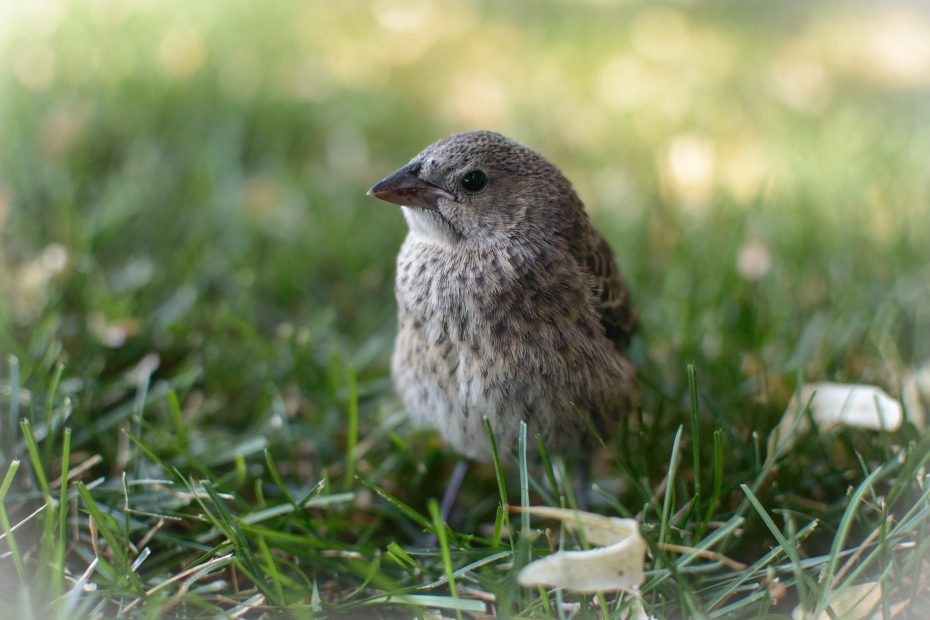Table of Contents
Introduction
The tiny West African nation of Gambia boasts an astounding diversity of wildlife and natural beauty. From awe-inspiring migratory birds to lumbering hippos, Gambia provides an unforgettable backdrop for wildlife enthusiasts to immerse themselves in nature. This article will highlight the many ways to experience Gambia’s breathtaking fauna up close. Whether staying in a rustic eco-lodge or cruising down the Gambia River, you’ll find endless opportunities to be dazzled by Mother Nature. Let’s explore why Gambia is a top destination for connecting with wildlife!
Birdwatching Opportunities
With over 500 species of birds, Gambia is a paradise for avid birders. Grab your binoculars and head to one of Gambia’s premier birdwatching sites:
Kiang West National Park
Teeming with hundreds of regional and migratory species, Kiang West is ranked one of Africa’s top birding destinations. March to April is peak season, when Palearctic migrants flock here.
Tanji Bird Reserve
Situated along the Atlantic coast, Tanji hosts vast numbers of sea and shorebirds. Watch for gannets, pelicans, terns, and more.
Abuko Nature Reserve
Abuko’s diverse ecosystem allows for superb birding year-round. Bush thickets and open woodland harbor endemic species like the splendid glossy starling.
Marvel at Mammals
In addition to exceptional birdlife, Gambia provides opportunities to spot incredible mammals, like:
Chimpanzees
Track these fascinating primates in River Gambia National Park. With luck, you may observe them foraging and socializing.
Baboons
These clever monkeys abound throughout Gambia. See olive baboons, sacred baboons, and Guinea baboons in their natural groups.
Monkeys
Spy the acrobatic colobus monkey leaping through trees or hundreds of restless patas monkeys racing through the brush.
Reptiles and Amphibians
While out on safari, keep watch for Gambia’s diverse reptiles and amphibians, including:
Crocodiles
Both slender-snouted and dwarf crocodile species inhabit Gambia’s rivers and wetlands. View them sunbathing along riverbanks.
Turtles
Seven marine turtle species nest on Gambia’s Atlantic coast, including the massive leatherback turtle.
Frogs
Listen for choruses of frog calls after the rains. Find colorful species like the striped rocket frog and shiny reed frog.
Safari Excursions
One of the best ways to experience Gambia’s abundant wildlife is by embarking on a safari. Safari options include:
4×4 Vehicles
Bump over rugged terrain in 4WD vehicles to access remote corners of national parks teeming with fauna.
Walking Safaris
Embark on foot with experienced guides for an intimate, eye-level view of the bush and its inhabitants.
River Safaris
Cruise down the Gambia River by boat, watching for swimming hippos, sunbathing crocs, and swooping fish eagles.
Stargazing
With little light pollution, Gambia’s clear night skies make for phenomenal stargazing. Hire a guide and observe the Milky Way and constellations you can’t spy back home.
Sustainable Tourism
Tourism plays a major role in Gambia’s economy, making sustainable practices crucial. Opt for eco-friendly lodges and low-impact activities to preserve Gambia’s habitats and wildlife:
Low Impact Activities
Choose foot safaris over vehicle tours and observe animals from a distance to minimize disruption.
Community-Run Lodges
Support locally-owned ecolodges that invest in conservation and engage local people. This empowers communities.
When to Visit
Consider visiting Gambia during:
Dry Season (November-May)
With lush greenery and animals congregating near water sources, the dry season is ideal for wildlife viewing.
Bird Migrations (November-April)
To see masses of Palearctic birds that migrate south to Gambia, plan a November to April trip.
Where to Stay
Base yourself at one of Gambia’s many eco-conscious accommodations, like:
Eco-Friendly Accommodations
Low-impact lodges like Footsteps use solar power and recycle water. This protects local habitats.
Tented Camps
For an authentic experience, bed down in wilderness tented camps like Badala Park Camp near Kiang West National Park.
Essential Packing List
Don’t forget:
- Binoculars – for spotting birds and mammals
- Hiking boots – for foot safaris through rough terrain
- Mosquito repellent – to ward off pesky bugs
Safety Precautions
Take these smart precautions:
Hire Local Guides
Let knowledgeable locals guide you, both for safety and insight into wildlife.
Avoid Remote Areas Alone
Stick to designated nature areas and avoid isolated regions without a guide.
Respect Wildlife
Keep your distance from animals and never feed or antagonize them.
Making the Most of Your Trip
To fully appreciate your Gambian wildlife experience:
Slow Down and Observe
Rush less. Sit still and let nature come to you. Absorb all the small wonders.
Talk to Locals
Ask locals about wildlife sightings and their environmental conservation efforts. Exchange ideas.
Keep an Open Mind
Embrace the unexpected. Go with the flow if you don’t spot a “target” species but see something new instead.
Conclusion
From tiny neon frogs to massive elephants, Gambia rewards visitors with an astounding array of wildlife spectacles. By traveling responsibly, we can aid conservation efforts and preserve Gambia’s vulnerable habitats. Plan your transformative Gambian wildlife adventure today! The biodiversity awaiting you is truly unforgettable. Let Gambia’s creatures delight and inspire you.
FAQs
What types of birds can I see in Gambia?
Some birds you may spot include migratory warblers, parrots, bee-eaters, rollers, pelicans, storks, egrets, and raptors like the bateleur eagle.
When is the rainy season in Gambia?
The rainy season typically runs from June to October, with most rainfall in July and August. Many animals give birth during the rains.
What should I wear on a walking safari?
Wear lightweight, neutral colors, long sleeves and pants, hiking boots, and a hat. Dress in layers for temperature changes.
How close can I get to wildlife?
Keep at least 15-30 feet distance from most wildlife. Always follow your guide’s instructions for a safe, respectful proximity.
What vaccinations are recommended for Gambia?
Recommended vaccinations include hepatitis A, typhoid, yellow fever, malaria pills, polio, and meningitis, based on your itinerary. Consult your doctor.
